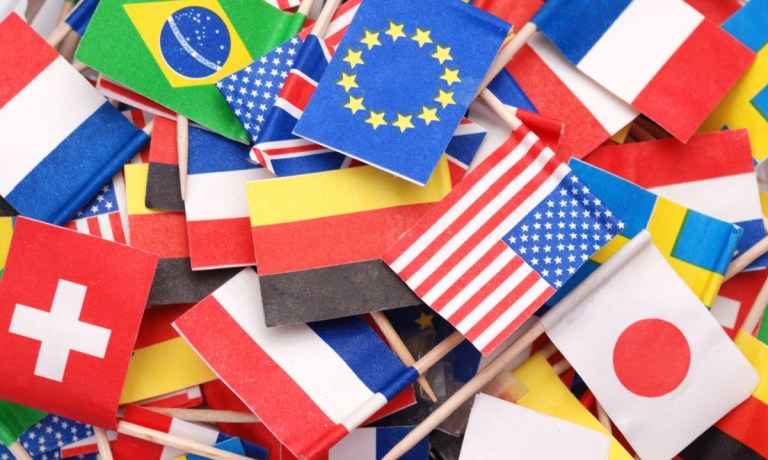On Monday (April 8), and as announced Wednesday (April 10), The Clearing House’s CHIPS (Clearing House Interbank Payment System) network migrated to the ISO 20022 messaging format. The first day saw significant uptake, as 555,345 payments were logged with the new format for a value of $1.81 trillion.
“We anticipated that many banks and participants might ‘throttle’ their flows until they gained confidence in the new network and were able to confirm their upstream and downstream payments processing across their own internal platforms,” Richard Dzina, senior vice president at The Clearing House, told PYMNTS.
But two hours after the transition went live, Dzina said, “even though we had made this momentous transformation, it was just another operating day.”
At a high level, Dzina said, the migration underscored the appeal and value that can be realized from enriched data content and extended remittance information. And the choreography to ISO 20022, he said, “has been a global industry initiative.”
Container Analogy
CHIPS operates as a high-value payment network and also, he said, “is prominent in support of cross-border messaging and payment traffic.”
Advertisement: Scroll to Continue
More than 95% of that traffic has either an onboard or offboard leg tied to international payments — and so CHIPS “is the engine supporting cross-border, global trade” done in U.S. dollars, Dzina said.
Dzina was quick to point out that the implementation of ISO on CHIPS is not an end in itself, but a beginning, where hard work needs to occur across the industry so that the benefits from that improved data flow can ultimately be realized.
He offered up the analogy of the sea change that came to global commerce with the advent of the shipping container in the middle of the 20th century. Those containers enabled intermodal transport to take place across waterways, rails and roads, increasing efficiency as those containers could be stacked in all kinds of configurations.
The rise of computers in the ’60s and ’70s led to improved traceability and tracking of those containers, accelerating the science of inventory management.
The same principles can be applied to data, its transmission and tracking — and those principles will transform the world of payments.
In the legacy cross-border processing environment — call it the pre-ISO world — an international payment would have to move across multiple payment platforms, in each of several regions, all of them reliant upon their own proprietary methods and messaging formats.
Grappling with that fragmentation has historically burdened banks with significant costs and complexities. The ISO messaging standard, Dzina said, allows the message flow to occur seamlessly, in containerized fashion, across platforms.
Next Big Thing
CHIPS’s “next big thing as an infrastructure,” Dzina said, as the ISO migration is in the rear-view mirror, “will be extended operating hours.”
The cross-border functionality and visibility of data-rich messaging can and will open up new markets for CHIPS, with Sunday operating sessions extending access in the Middle East and also supporting new use cases such as weekend real estate closings. The ISO 20022 shift, he said, as it’s cemented on a global basis, will support the U.S. dollar as a global reserve and a settlement currency.
“There’s a practical efficiency and value,” Dzina said, “and a broader policy value, that we believe ISO will deliver.”
Most immediately, Dzina said, users can query structured message formats as they conduct sanctions and compliance screening, as the data is machine readable, which he said is a “prominent value-add for our banks and their end users.
“It’s confidence-inspiring, really, with respect to cross-border activity as these payments are routed through the banking system,” he added.
The success of the ISO 20022 migration, Dzina said, stands as “a big day for The Clearing House — and it’s a big day for the U.S. payment system.”




